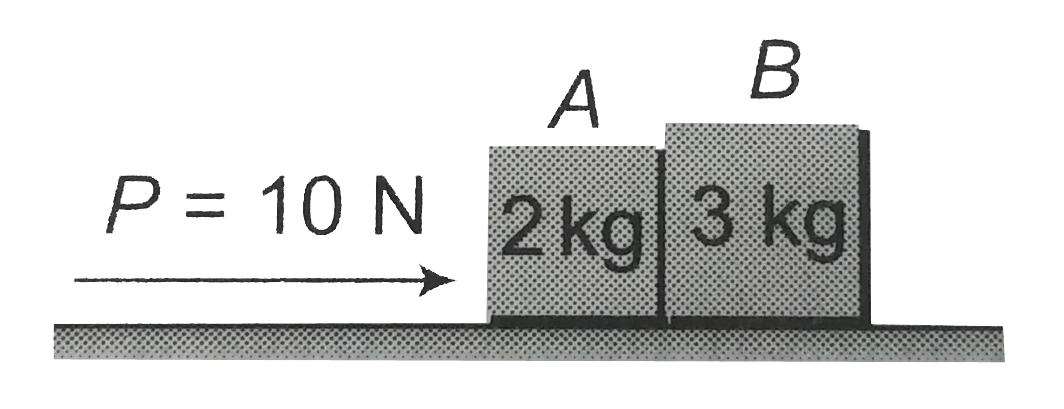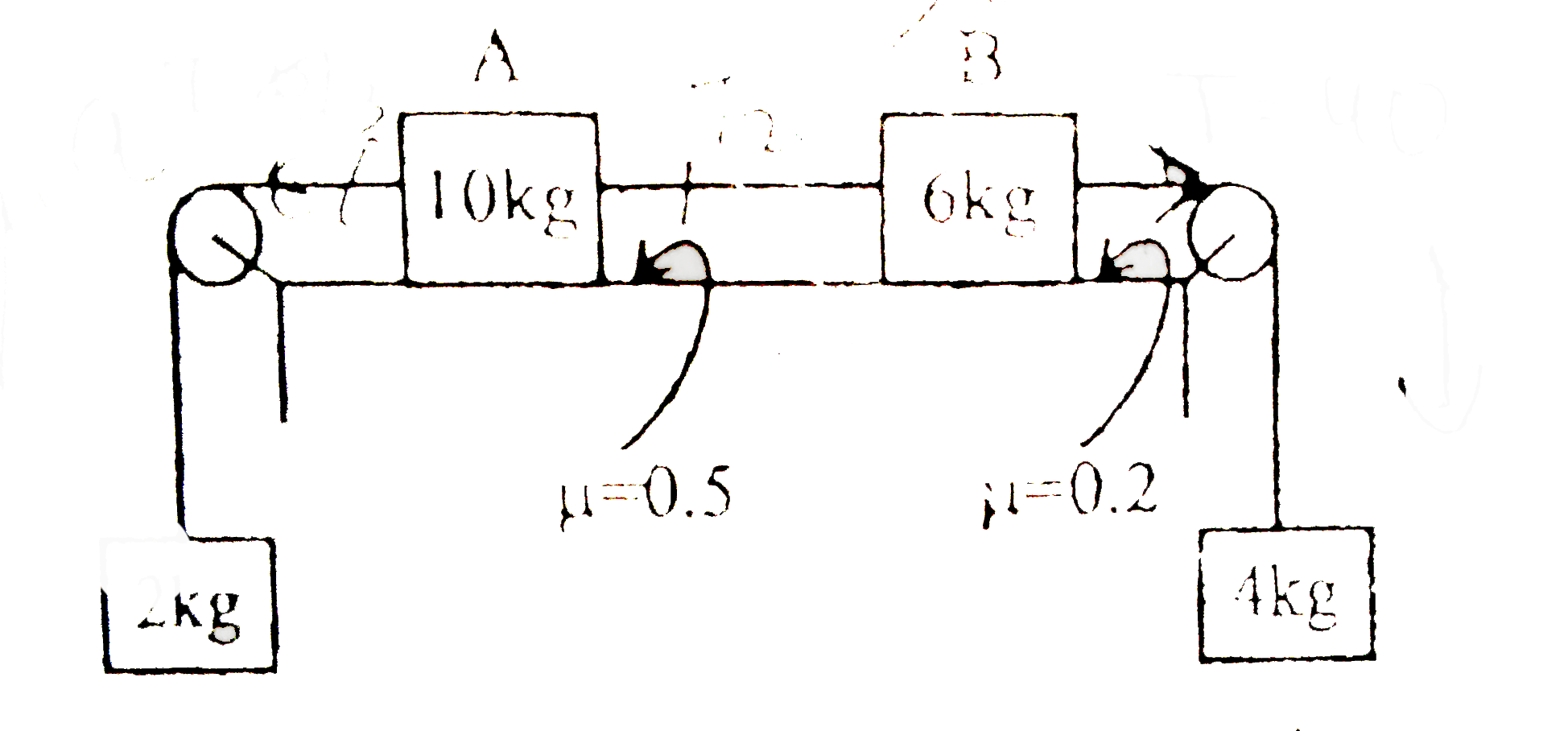A and B are two objects with masses 10 kg and 40 kg respectively. Then
A has more inertia than B
B has more inertia than A
A and B have the same inertia
Neither A nor B has any inertia
The correct Answer is:B
To solve the problem of comparing the inertia of two objects A and B with masses 10 kg and 40 kg respectively, we can follow these steps:
Step 1: Understand the Concept of Inertia
Inertia is the property of an object to resist changes in its state of motion. The greater the mass of an object, the greater its inertia. This means that heavier objects are harder to move or stop than lighter objects.
Step 2: Identify the Masses of the Objects
- Mass of Object A (m_A) = 10 kg
- Mass of Object B (m_B) = 40 kg
Step 3: Compare the Masses
Since inertia is directly proportional to mass, we can compare the masses of A and B:
- m_A (10 kg) is less than m_B (40 kg).
Step 4: Conclude the Inertia Comparison
Since Object B has a greater mass than Object A, it will also have greater inertia. Therefore, we can conclude:
- Inertia of A < Inertia of B
Step 5: Final Answer
Thus, the correct conclusion is that Object B has more inertia than Object A.
Inertia is the property of an object to resist changes in its state of motion. The greater the mass of an object, the greater its inertia. This means that heavier objects are harder to move or stop than lighter objects.
- Mass of Object A (m_A) = 10 kg
- Mass of Object B (m_B) = 40 kg
Since inertia is directly proportional to mass, we can compare the masses of A and B:
- m_A (10 kg) is less than m_B (40 kg).
Since Object B has a greater mass than Object A, it will also have greater inertia. Therefore, we can conclude:
- Inertia of A < Inertia of B
Thus, the correct conclusion is that Object B has more inertia than Object A.
Topper's Solved these Questions
- FORCE AND PRESSURE BOOK - S CHAND IIT JEE FOUNDATIONCHAPTER - FORCE AND PRESSURE EXERCISE - Self Assessment Sheet
11 Videos
- FORCE AND PRESSURE BOOK - S CHAND IIT JEE FOUNDATIONCHAPTER - FORCE AND PRESSURE EXERCISE - Self Assessment Sheet
11 Videos
- ELECTRICITYBOOK - S CHAND IIT JEE FOUNDATIONCHAPTER - ELECTRICITYEXERCISE - SELF ASSESSMENT SHEET
22 Videos
- LIGHTBOOK - S CHAND IIT JEE FOUNDATIONCHAPTER - LIGHTEXERCISE - SELF ASSESSMENT SHEET -4
24 Videos
Similar Questions
Calculate the force of gravitation between two objects of masses 50 kg and 120 kg respectively kept at a distance of 10 m from one another.(Gravitational constant G=6.7×10−11Nm2/kg2)
View SolutionIn the above example, if two blocks have masses 1kg and 2kg respectively then find their acceleration and tension in different string.
View Solution
Knowledge Check
P and Q are two objects with masses 5 kg and 30 kg respectively. Then
AP has more inertia than QBQ has move inertia than pCP and Q have the same inertiaDneighter P nor Q has any inertiaA and B are two objects with mass 6 kg and 34 kg respectively. Then
AA has more inertia than BBB has more inertia than ACA and B both have same inertiaDNone of the above is trueA shell of mass 10 kg is moving with a velocity with a velocity of 10ms−1 when it blasts and forms two parts of mass 9 kg and 1 kg respectively. If the 1st mass is stationary, the velocity of the 2nd is
A1ms−1B10ms−1C100ms−1D1000ms−1
Two boys A and B of masses 60kg and 40kg respectively are at the ends of a 4m long boat of mass 100kg which is on water in lake and the system is at rest.If the boys meet at the centre of the boat then find the displacement of centre of mass of the boat in meter (neglect friction between water and boat)
View SolutionThe masses of two spheres are 10 kg and 20 kg respectively. If the distance between their centres is 100m, find the magnitude of the gravitational force between them.
View SolutionBlocks A and B have masses of 2 kg and 3 kg. respectively. The ground is smooth. P is an external force of 10 N. The force exerted by B on A is

View SolutionTwo substances have masses 90 kg and 160 kg respectively. They possess equal kinetic energy. The ratio of their momenta will be
View SolutionTwo Block A and B of masses 10kg and 6kg respectively are connected through pulley as shown in figure. Find acceleration of block A.

View Solution
